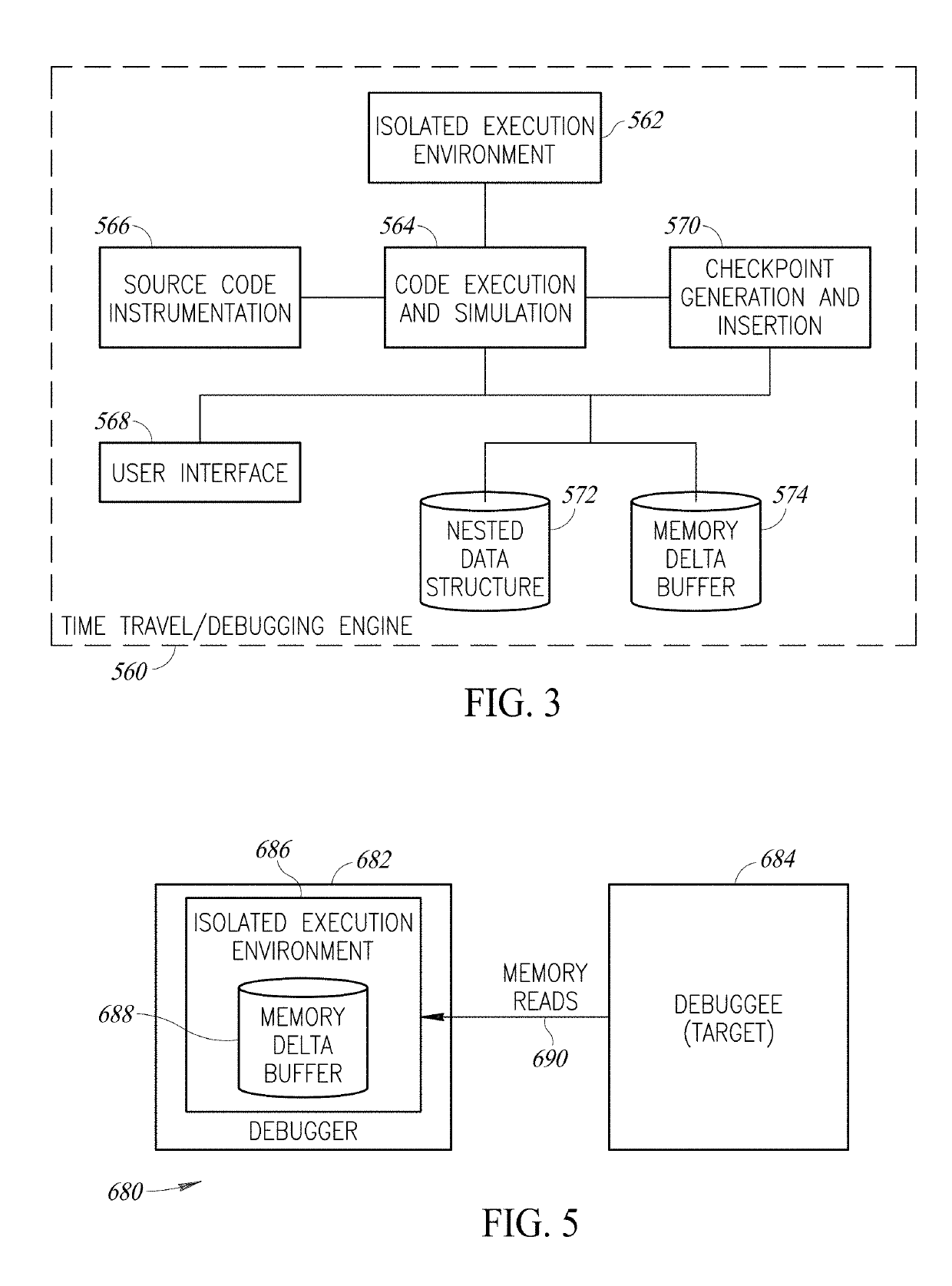A
software bug is an error, flaw, failure or fault in a
computer program or
system that causes it to produce an incorrect or unexpected result, or to behave in unintended ways.
Debugging in an extremely challenging activity.
At each particular point, the developer may inspect the state of the program at that particular moment in time at a specific instruction but cannot get an understanding of the flow of execution over time.
There are cases where bugs are discovered only after the product is shipped and used by the end users.
The process of debugging ranges in complexity from fixing simple errors to performing lengthy and tiresome tasks of data collection, analysis, and scheduling updates.
The debugging skill of the
programmer can be a major factor in the ability to debug a problem, but the difficulty of
software debugging varies greatly with the complexity of the system, and also depends, to some extent, on the
programming languages used and the available tools, such as debuggers.
Also, specific
user environment and usage history can make it difficult to reproduce the problem.
Development of dedicated software using a development platform such as Visual
Studio is a complex task requiring many different skills and abilities.
This process is complex and tedious, and
time consuming, reaching up to 50% of the time spent locating, identifying, understanding and fixing bugs in software code.
The current debugging process using current debugging tools is complex and challenging, requiring the developer to perform actions including freezing the program at a particular moment in time, performing a manual and slow transition between lines of code (i.e. stepping) and following the information that flows through to execution.
Due to the complexity of the process, the
programmer typically has trouble finding bugs created by themselves or by others without affecting the operation of the code.
While debugging, source
code writing ceases, since it requires a lot of attention from the developer.
This dramatically slows down the entire development process and typically affects other parts of the code.
This may lead to regressions and more bugs in the code that must be fixed or code that is dependent on the code that is being fixed.
These debuggers, however, have several severe limitations.
Additionally, current debuggers are only able to go back in time to prove or disprove a
hypothesis on what caused a particular
software fault.
Moreover, they can only provide information about the past and show a single code execution starting from the initial line of code they started recording to the current execution stop point.
No mechanism exists to go back and take another turn, hence they cannot be used to determine whether a particular code change would solve the issue at hand.
Current debugging processes are wasteful of time.
Manually debugging even a few lines of code is a process which takes time and reduces the productivity of the developer.
Errors are introduced in the debugging process in identifying bugs due to human factors, mostly revolving around error in drawing conclusions (e.g., cognitive bias, failure to separate between facts and interpretations, etc.).
Without an understanding of
root cause of a
software failure, the bug patch may (1) fix the wrong problem, be performed clumsily, and (3) inject incorrect lines of code.
Fixing a bug by modifying a few lines of code may affect the entire application.
Therefore, a code change by a developer may affect the entire application and result in the creation of bugs elsewhere in the code.
This problem stems from use of a debugging tool that currently only offers the
programmer the ability to examine information in the program by stopping the program at a given point in time using breakpoints.
Currently, there is no way to examine changes in information over time.
Often, a programmer discovers they went too far in time and thus is forced to repeat the entire process from the beginning.
Running a
debugger on production code is dangerous, and may introduce side effects to the currently running software, such as performance degradation, interruption of service, and data
correctness issues.
This dump is often transferred to an unsecure developer
machine and the developer uses it to inspect the code and find the bug.
A problem arises in that sensitive information will be exposed during the debug process.
The problem is especially acute considering the European Union's General Data Protection Regulation (GDPR) which requires business that
handle personal data to put into place strict data protection measures to safeguard and protect data including, for example,
pseudonymization or full anonymization, such that the data does not become available publicly without explicit informed consent.
A bug can be found in the lower
abstraction layer or in a reusable piece of software, but may only appear when this code is reused by other developers.
To be successful at debugging, a deep understanding of the code and technologies being used is not enough; developers must apply the
scientific method of experimentation in order to isolate the
root cause of the issue.
Debugging is especially challenging for new developers lacking the skill of veteran developers and not yet fully educated about the technologies used.
This
scenario is problematic to senior developers, team leaders, and software architects that are usually busy and cannot spend much time with rookie developers.
Moreover, many teams work remotely from different geolocations in different time zones, thus making finding a time to do live
collaboration difficult.
 Login to View More
Login to View More  Login to View More
Login to View More 


